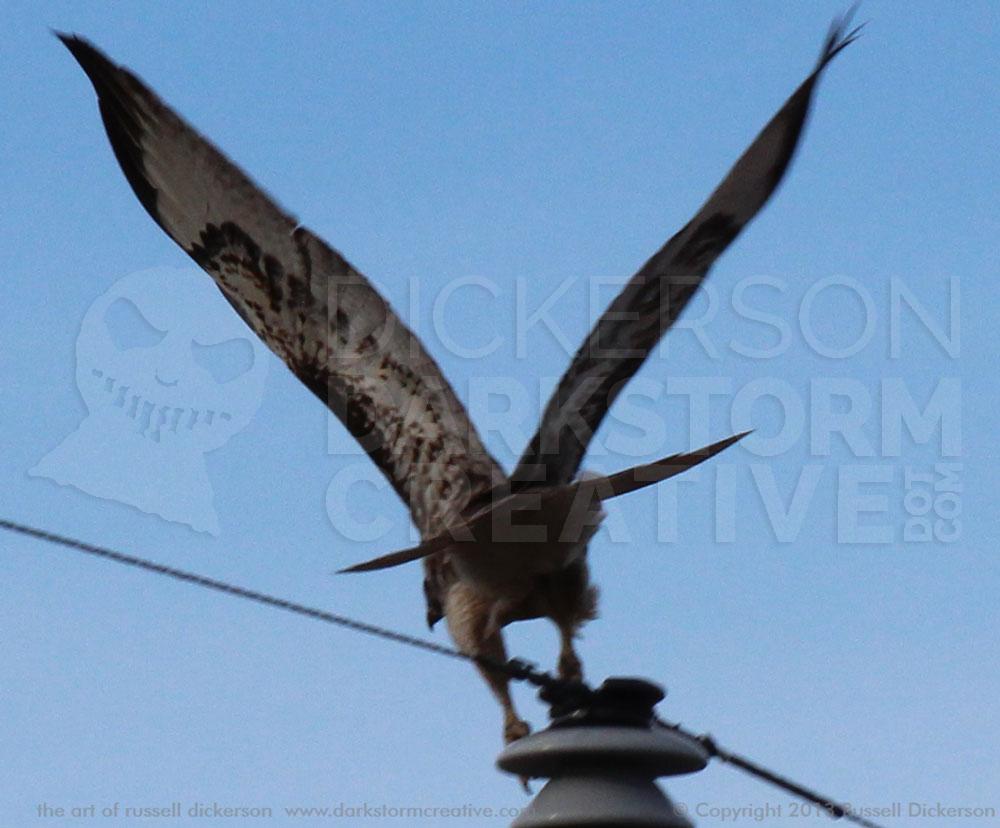Note: This is a sample of the sales copy and product information that I wrote for my position at Haiku Designs from 2012-2013. It is designed to be an informative landing page, from here this page would lead off to the individual rug styles. It is also designed to have some marketing sense, to both inform and to help keep traffic coming to the website for valued information.
————————–
Natural Rugs, Floor Mats, & Tatami Mats
Haiku Designs is proud to introduce our Eco-friendly lines of mats and floor coverings. We take pride in offering the finest quality rugs, mats and chair mats made from sustainable and renewable materials. Instead of synthetic polystyrenes and petrochemical-based fibers and dyes, we use natural materials such as jute, bamboo, wool, sea grass, and recycled paper.
These all-natural materials offer outstanding beauty and durability, and can be woven or formed into a variety of rugs or floor mats. These floor coverings are not only good for us since they don’t off-gas toxic chemicals into our home environment, they are also good for the planet since they produce less waste and energy use in the manufacturing process.
PROTECT OUR PLANET
 This article was originally written for my 2012-2013 position at lifestyle and furniture retailer Haiku Designs. Go check them out here, they are great folks.
This article was originally written for my 2012-2013 position at lifestyle and furniture retailer Haiku Designs. Go check them out here, they are great folks.Synthetic fibers that are commonly used in many rugs and floor coverings create a myriad of problems, both in the manufacturing process and in the disposal process. Substantial amounts of carbon dioxide are also released into the atmosphere during the production of synthetic fibers, and materials with known carcinogens are used and produced in the manufacturing process. In addition, synthetic fibers can release heavy metals and other additives into the soil and groundwater when they are disposed of in landfills.
In stark contrast, natural fibers are sustainably grown, often by small farmer co-ops and fair trade associations. Most are hand woven on traditional looms in a manner done for hundreds of years, providing a good livelihood for thousands of farmers. All of the naturally eroded fibers used in our rugs and floor coverings are easily decomposed with the help of universal fungi and bacteria. Natural fibers can also be composted to improve soil structure. Furthermore, one ton of naturally produced jute fiber can absorb as much as 2.4 tons of carbon dioxide, confirming its status as a significant carbon sequester.
In addition, rugs and floor coverings are comfortable and attractive, and provide anti-static and insulating effects to your home.
HEALTHY HOME
Synthetic area rugs and carpets commonly off-gas toxic, harmful VOC’s (volatile organic compounds) into the air. These VOC’s can be emitted from both the synthetic fibers that make up the rug pile and the synthetic glues used in the backing. VOC’s can cause a multitude of unpleasant symptoms, including eye, nose, and throat irritation, headaches, nausea and dizziness. Whether one suffers from allergies, or has a sensitive respiratory system, choosing a natural fiber area rug which does not off-gas is a positive choice that will foster a healthier environment in your home.
NATURAL FIBERS WE USE
Bamboo
- Bamboo is an impressive plant known for its durability, hardness, and renewability. It can be harvested in as little as four years.
- It is the premier species for flooring and furniture due to its hardiness.
- Bamboo is harvested sustainably in the Anji Mountains of China. It grows at rapid pace, with some species known to grow more than 3 feet each day. Research shows that no other plant on planet Earth grows this fast.
- After it is harvested, it surprisingly grows a new shoot from its complex root system on its own without additional cultivation.
- The majority of the elements of the bamboo plant are used to make a vast list of products, such as mulch, broom handles, flooring, and lovely furniture.
- Bamboo is a viable alternative to wood for many applications, such as flooring, paper, charcoal, construction materials, and many other things.
- Bamboo fibers are much stronger than wood and more resistant to warping from changes in the atmosphere.
- Bamboo is also proficient as a sequester of carbon because it removes a lot more carbon dioxide, a greenhouse gas, from the atmosphere than most other plants or tree.
Jute
- Jute is a grassy plant comprised of long, shiny, soft fibers.
- It is one of the strongest and most flexible vegetable fibers in the world.
- Nicknamed the “Golden Fiber” for its beautiful luster, Jute exhibits naturally anti-static, insulating, and moisture regulating properties.
- Jute is a renewable product which is primarily grown on about 4 million small farms in Bangladesh and India. Jute production supports hundreds of thousands of laborers in the commercial areas of weaving, farming and distribution.
Sisal
- Sisal is another tall grassy plant that produces creamy, white, lustrous fibers that grow to be a bit over three feet tall.
- Exceptionally strong, durable and stretchable, Sisal is one of the most hard-wearing natural fibers. Sisal absorbs very little moisture and is resistant to deterioration from saltwater.
- Sisal is harvested sustainably in the southern region of China, where the dry, hot climate provides ideal farming conditions.
Seagrass
- Seagrass is an abundant grass harvested from the ocean. Its fibers are thick, smooth and flat.
- Its durability is a well known factor, and Seagrass is also very resistant to stains.
Wool
- Wool is a durable and resilient fiber that is prized for its fire resistant properties.
- Wool helps regulate humidity in a room by releasing moisture in dry environments and absorbing moisture in humid environments.


